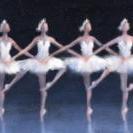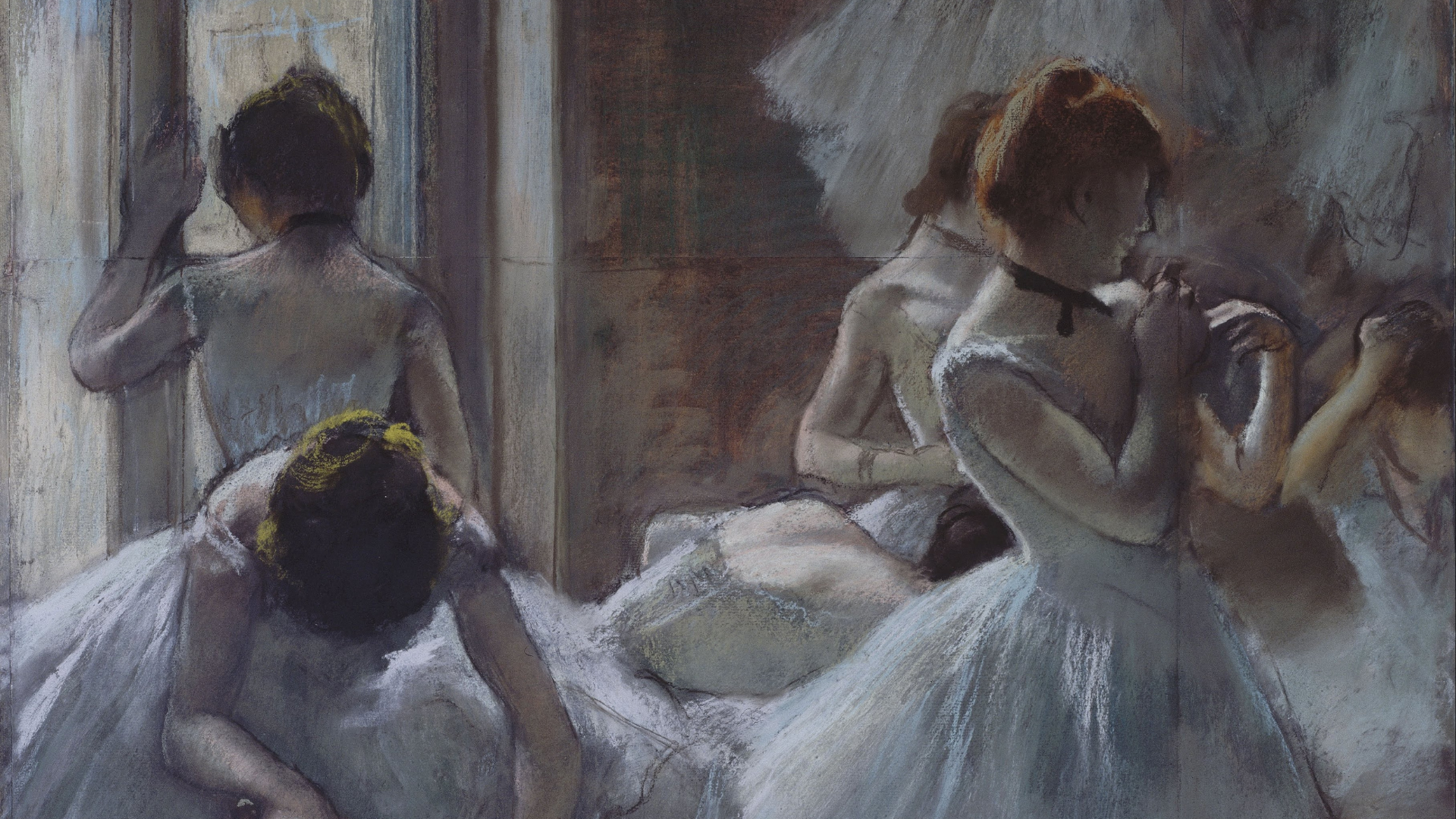-
Posts
102 -
Joined
-
Last visited


Gabriel Carlisle replied to Cafebabe's topic in Orchestral and Large Ensemble

Gabriel Carlisle replied to Sonata_5's topic in Piano Music, Solo Keyboard

Gabriel Carlisle replied to Sonata_5's topic in Incomplete Works; Writer's Block and Suggestions

Gabriel Carlisle replied to Gabriel Carlisle's topic in Incidental Music and Soundtracks

Gabriel Carlisle replied to Gabriel Carlisle's topic in Incidental Music and Soundtracks



